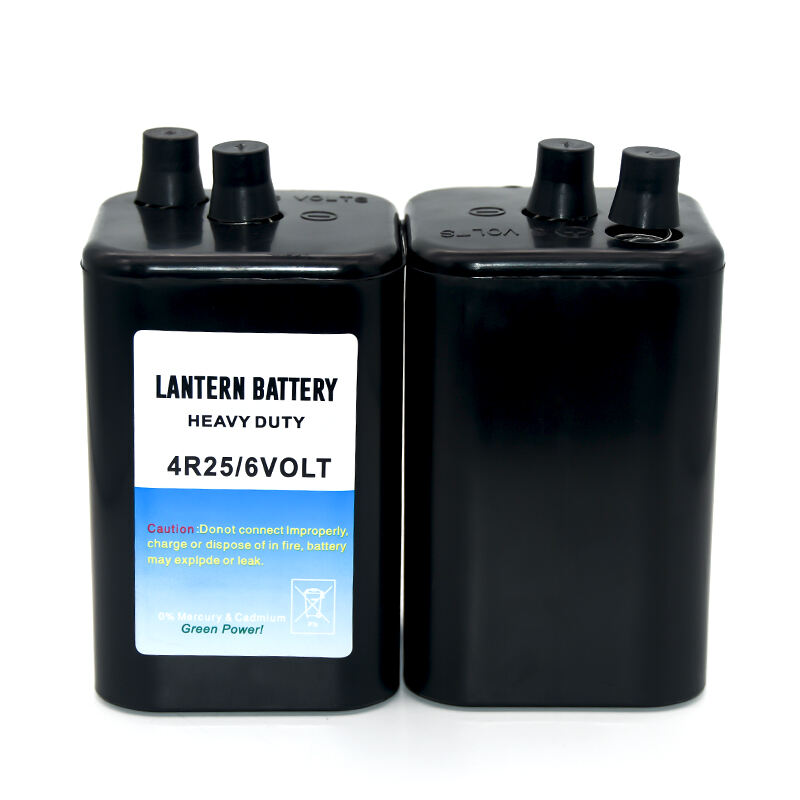carbon zinc battery
The carbon zinc battery stands as one of the most fundamental and widely used primary battery types in modern electronics. This classic power source consists of a zinc anode, a manganese dioxide cathode, and an electrolyte of ammonium chloride or zinc chloride. The battery operates through a chemical reaction where zinc oxidizes, releasing electrons that flow through the external circuit to power connected devices. These batteries typically provide 1.5 volts of electrical potential and are manufactured in various standard sizes, from AAA to D cells. Carbon zinc batteries excel in low-drain applications and are particularly suitable for devices that draw power intermittently or require minimal current. Their straightforward construction makes them cost-effective to produce, contributing to their widespread availability and affordability. While they may not match the longevity of newer battery technologies, carbon zinc batteries remain a practical choice for numerous everyday applications, including remote controls, wall clocks, and basic electronic toys. Their stable voltage output and reliable performance at room temperature have maintained their relevance in the consumer battery market, despite the emergence of more advanced alternatives.


